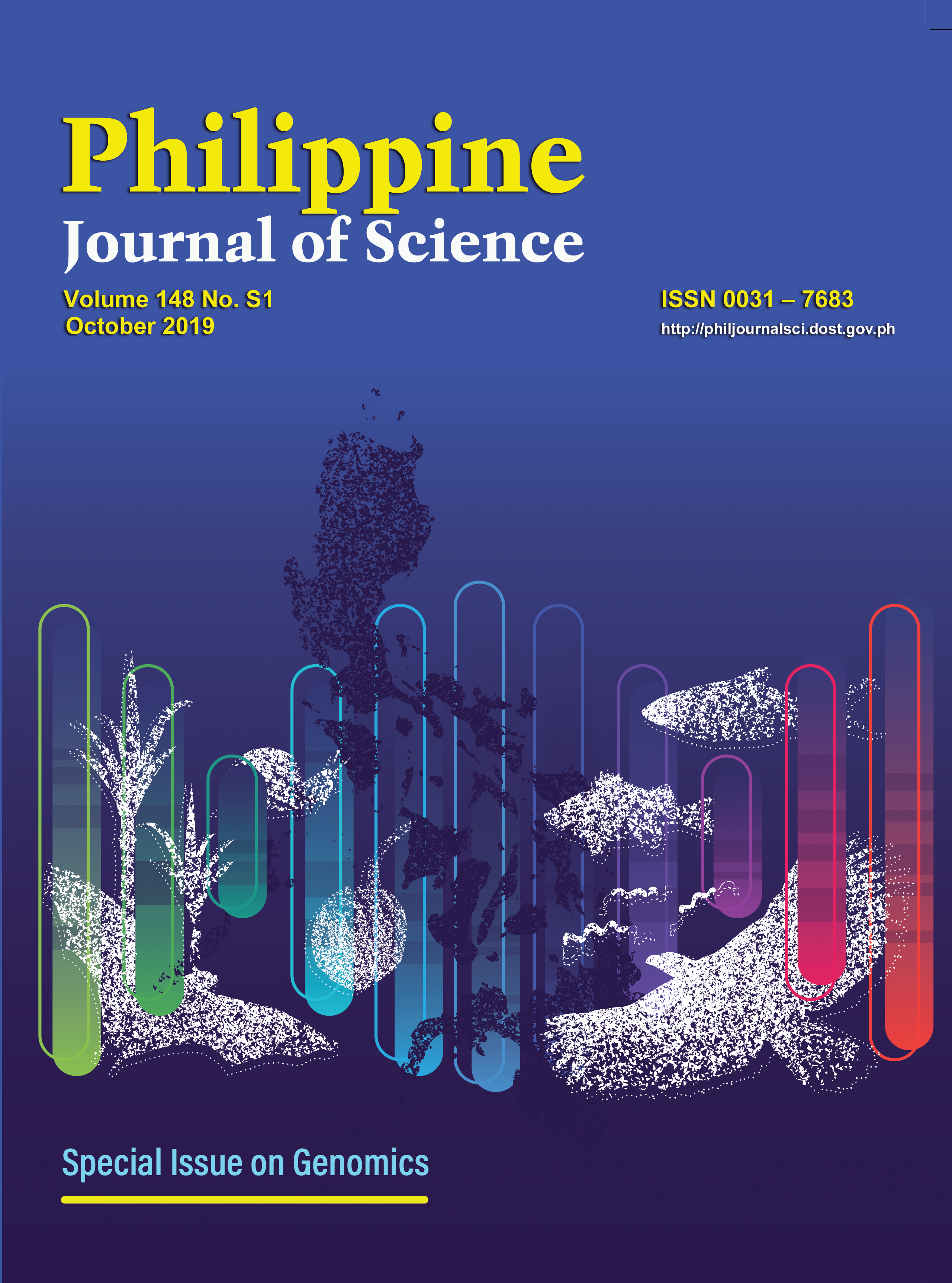This special issue’s cover is accompanied by the different species covered by the studies in this journal.
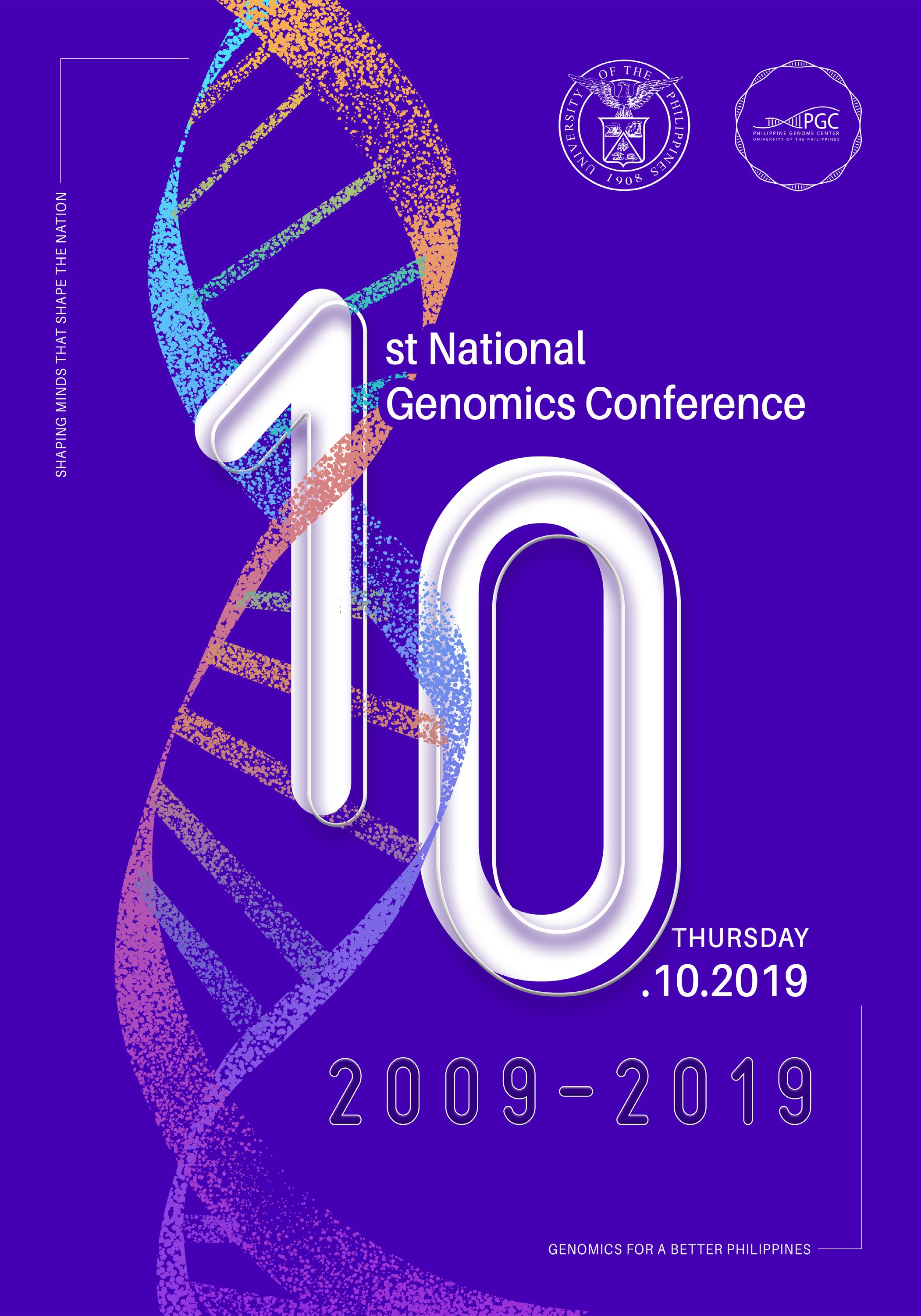
1st National Genomics Conference Souvenir Program
Themed “Omics research in the next 5 years with the Philippine Genome Center”, the conference was organized to showcase the current and ongoing research programs of the Center. By engaging researchers, academics, decision-makers, and other stakeholders, PGC is bringing #PGCTalks to institutions keen on multi-omics research.
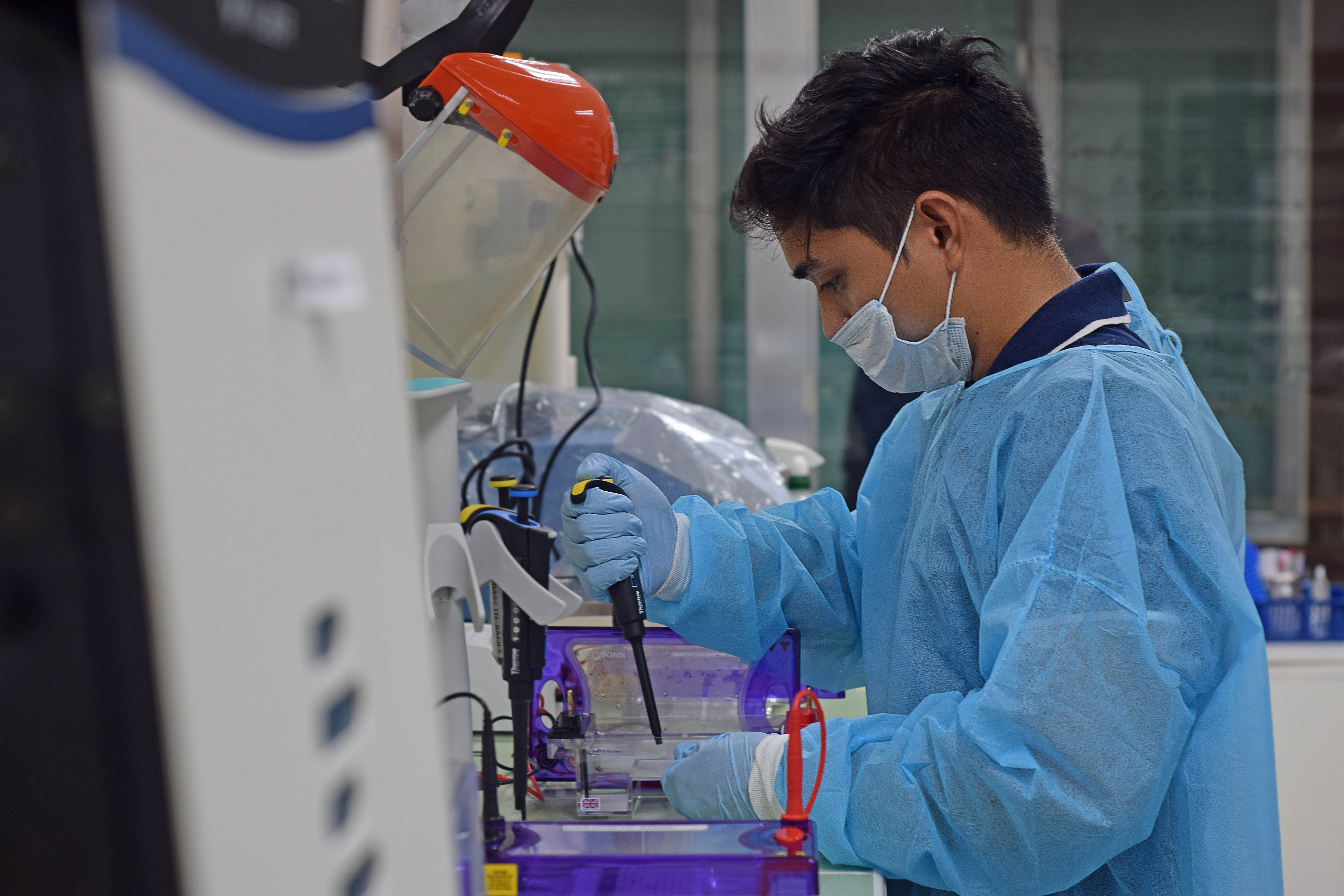
Omics: Unraveling Mindanao’s DNA
Scientific research in Mindanao took a big leap last February as the Philippine Genome Center (PGC), a research center of the University of the Philippines (UP) System based in Diliman, Quezon City, established its first satellite facility in the island region.
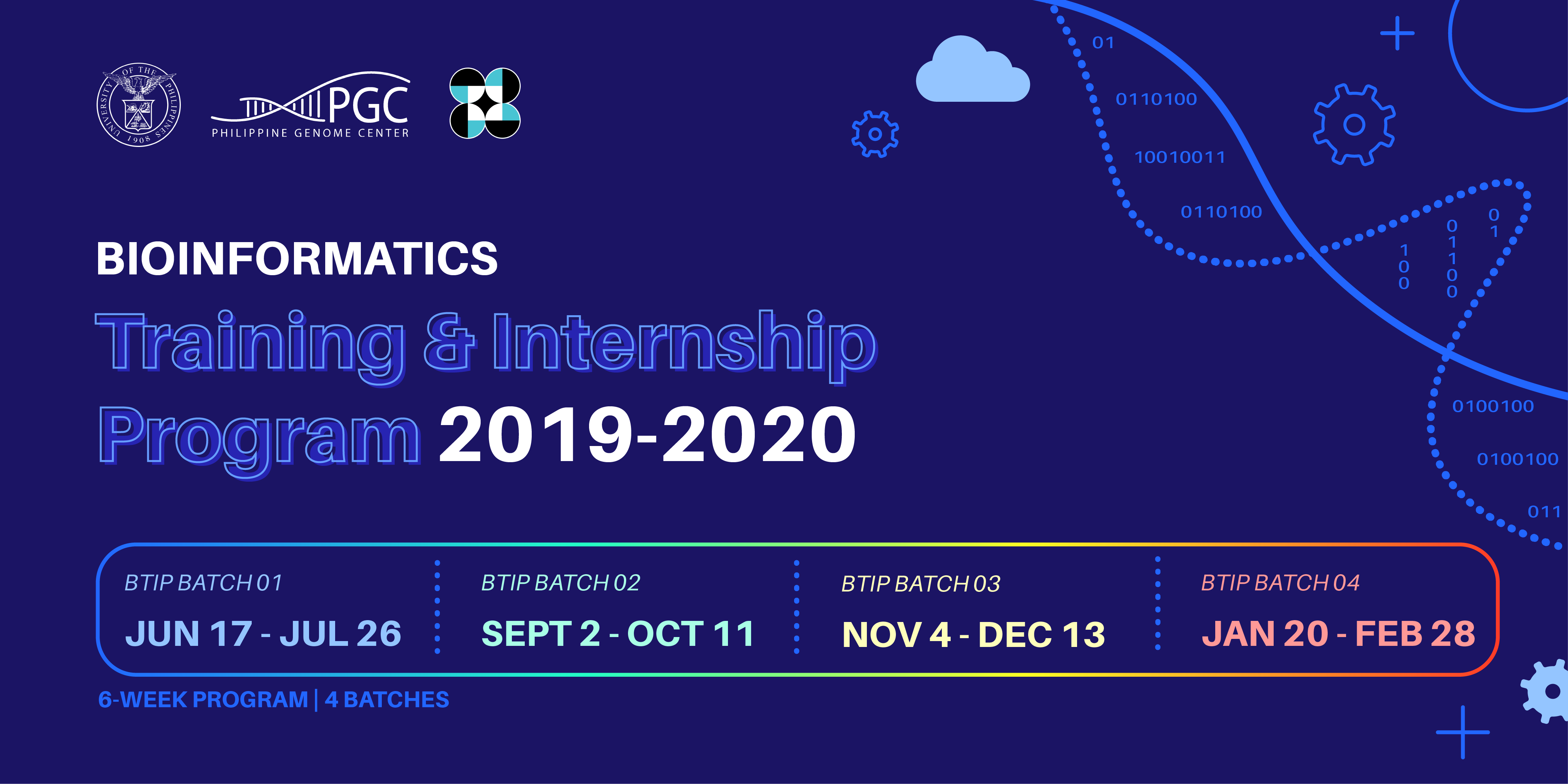
Application Deadline for 2nd, 3rd and 4th Batch of the Bioinformatics Training and Internship Program 2019-2020
The program extends to four (4) batches which will be held throughout 2019-2020. The training of the first batch will run from June 17-July 26 , 2019.
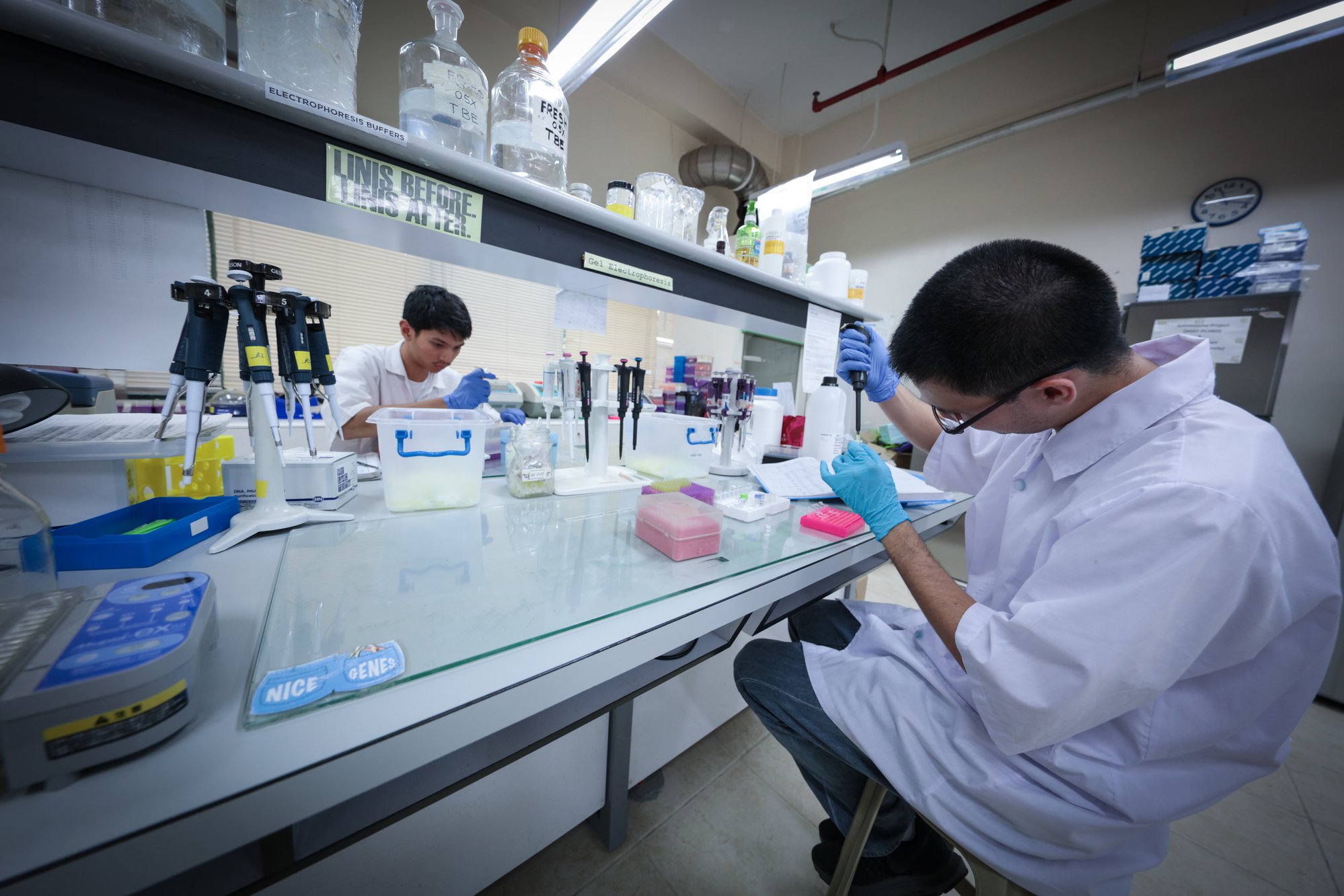
Using DNA barcodes against the wildlife black market
While recent news of giant clams (Tridacna gigas) being harvested in the disputed Scarborough Shoal drew massive outrage online, it was only the latest low point in the dark history of wildlife exploitation in the region. A poignant series of cases also happened here in 2013 and 2014, this time involving pangolins or “scaly anteaters,” which have been described as the most trafficked animals in the world.
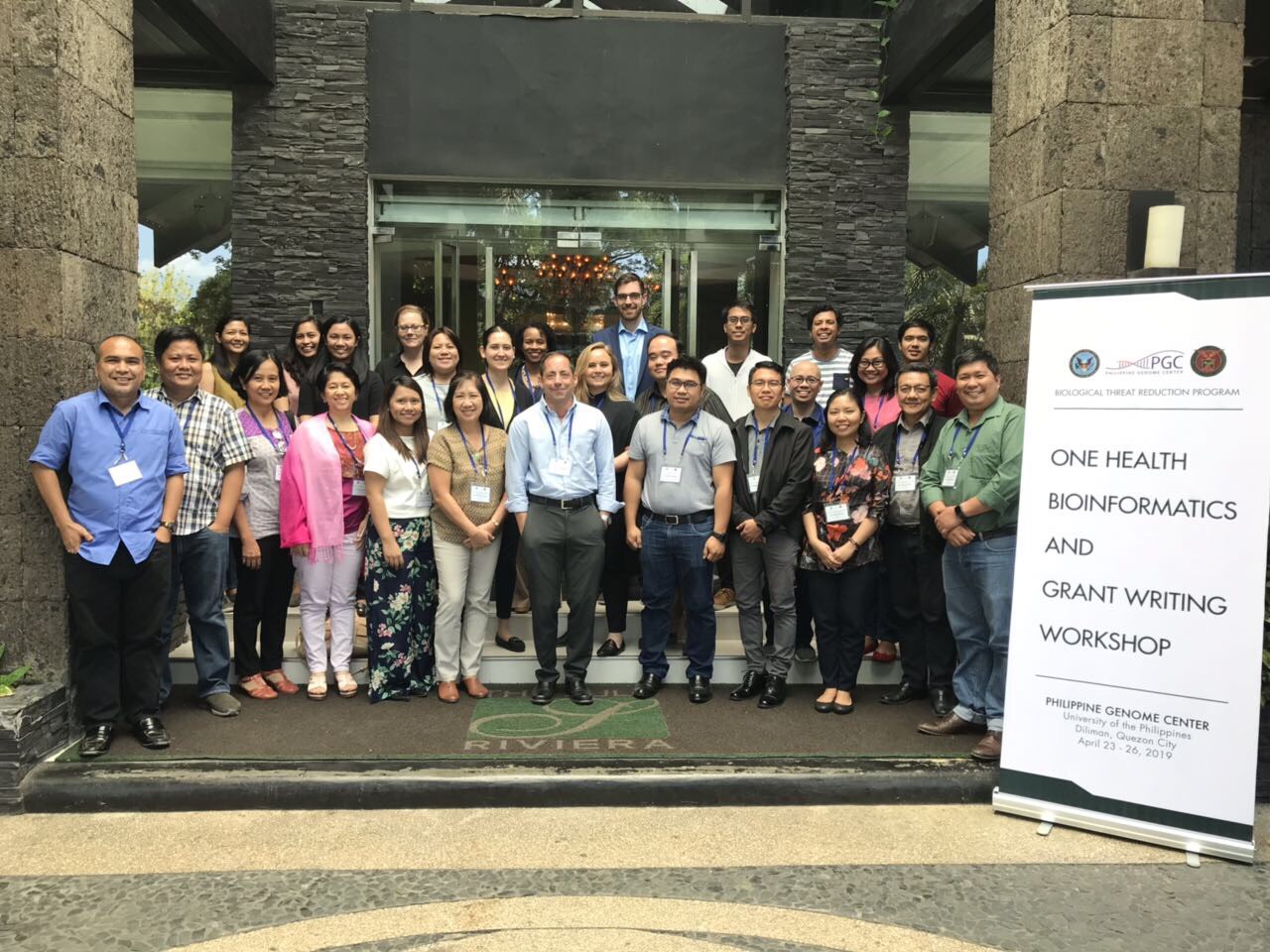
PGC hosts One Health Bioinformatics and Grant Writing Workshop
This skill building workshop aims to freely integrate available molecular data from global repositories that are pertinent to locally circulating pathogens and apply it to research areas of interest for both the Biological Threat Reduction Program of the US government thru the Defense Threat Reduction Agency.
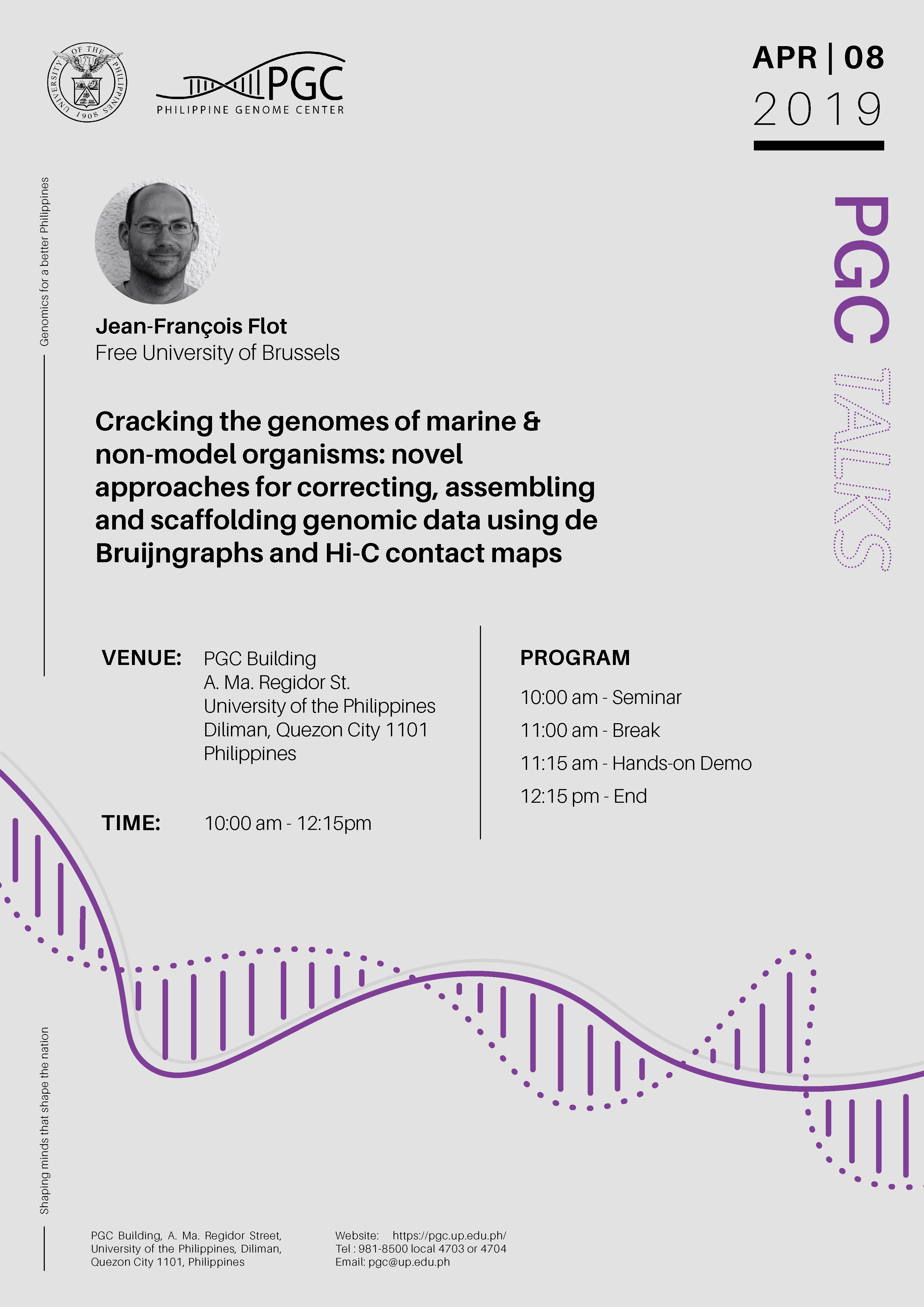
Cracking the genomes of marine & non-model organisms: novel approaches for correcting, assembling and scaffolding genomic data using de Bruijn graphs and Hi-C contact maps
For a very long time, most bioinformatic tools for handling genome data have been geared toward haploid (or diploid but nearly homozygous) organisms such as humans, bacteria and laboratory strains of model species. As a result, these tools often perform very badly on highly heterozygous diploid or polyploid organisms, which is the case of many non-model and/or marine species.
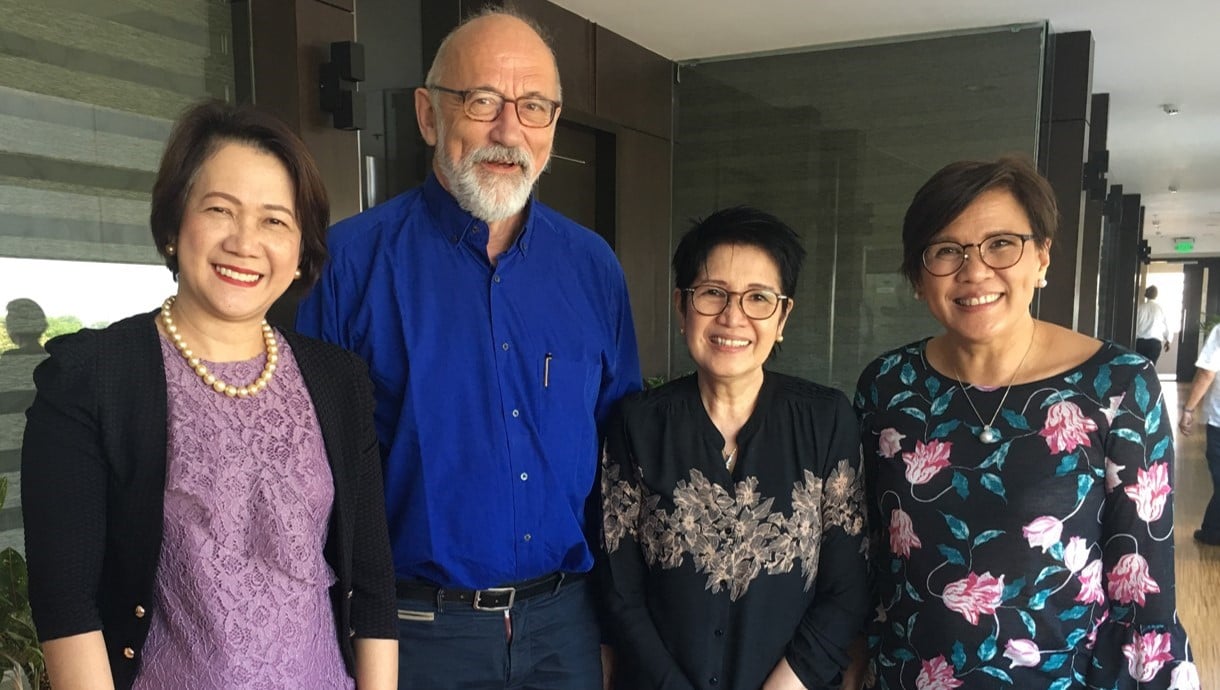
PGC explores more linkage opportunities with foreign experts
Pals visited the PGC yesterday, March 28th, to see its core facilities and to talk about setting up assays for clinical testing, interpreting genetic testing services, and variant interpretations. He also met with Dr. Cynthia Saloma, PGC executive director; Dr. Raul Destura, PGC health program director; and Dr. Alexander Young, PGC research professor, to discuss the center’s readiness for genetic testing services.
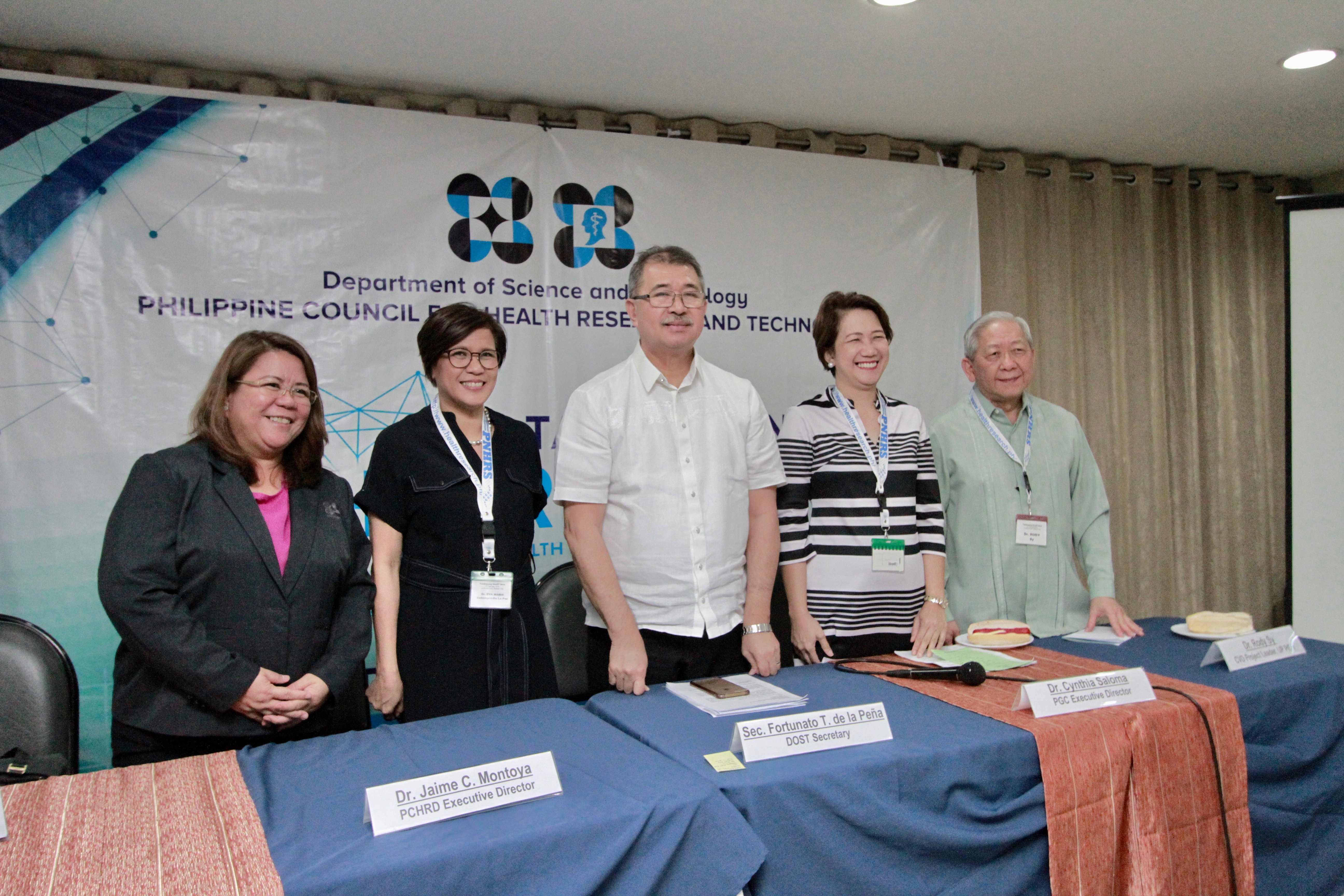
DOST tapping genomics to develop precision medicine
The Department of Science and Technology (DOST) is tapping cutting edge genomics technology to develop precision medicine in the country and allow government health authorities to identify usually expensive, foreign developed medicines that are not really effective in controlling or curing Filipino diseases.
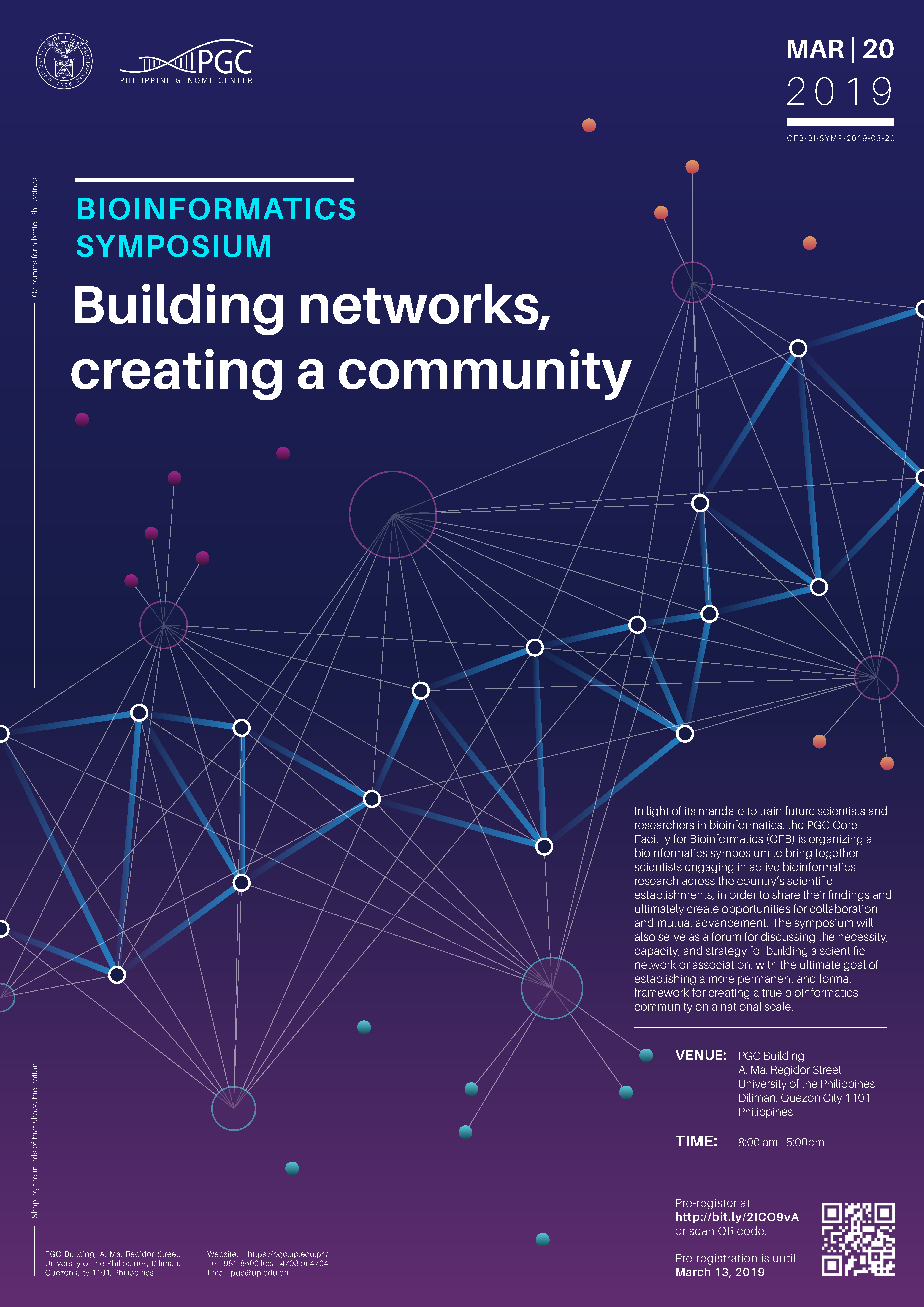
Bioinformatics Symposium: Building networks, creating a community
The Core Facility for Bioinformatics (CFB) will be hosting its first ever Bioinformatics symposium with the theme, “Building Networks, Creating a Community”. This will be held on March 20, 2019 at the PGC bldg. A. Ma. Regidor St. National Science Complex, UP Diliman, Quezon City, 1101.

